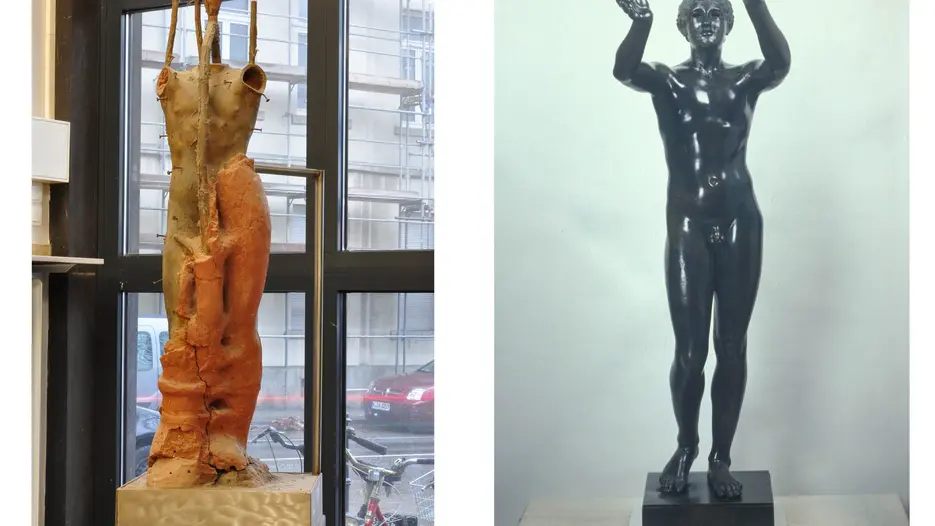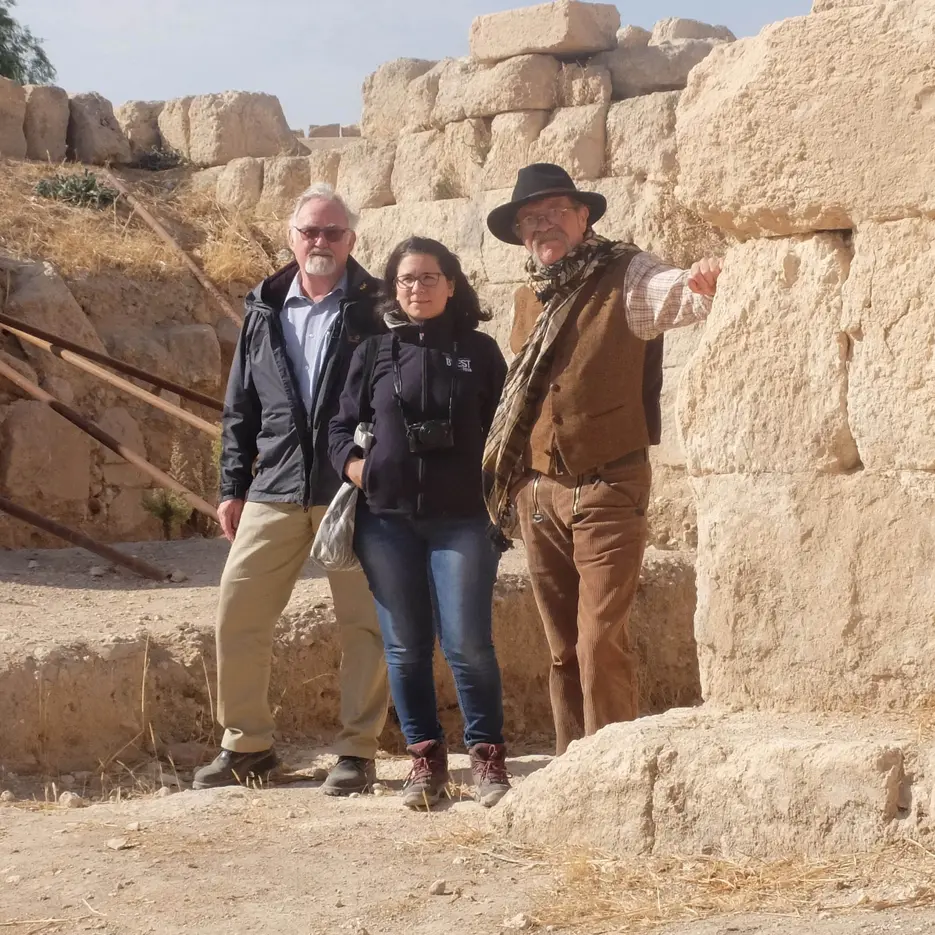Researching Greek bronze casting techniques has been one focus area of the Professorship of Classical Archaeology at the KU for years. In its research, the Chair concentrates on the remains of workshops where statues were cast in bronze, such as for example the famous Riace Warriors.
“The statues were produced in a very complex process: They were formed from wax either in part or in full, then coated with clay and burnt out in a pit. After that, the mold was filled with liquid metal. After the shell had cooled down, it was smashed to obtain the raw casting”, explains Professor Zimmer. The waste produced during the work gives us an insight into how the process was constantly developed further from Homeric times to Alexander the Great, thus ever opening up new possibilities for shape and design for the artists. This technique was researched in detail in the context of an earlier project by Professor Zimmer and the Foundry Institute of the RWTH Aachen during the experimental recasting of the so-called ‘Praying boy’.
“Although we know many bronze sculptures from Roman times, we were unable to find a workshop for this highly specialized craft from this period until today. But now, the French excavations led by Jacques Seigne in Jerash, Jordan, have unearthed a huge workshop on a terrace below the Temple of Jupiter”, says the archaeologist. Pits with burn marks and parts of large molds as well as fragments of melting furnaces and bellow nozzles originate from the casting of a monumental statue of a god which was intended for the temple that was newly built in the second century AD. The position in which the installations were found suggests that the workshop was located in a large hall that collapsed during an earthquake in early Arabic times. The aim of the excavation is therefore to uncover the hall, retrieve the processes that were followed in the workshop and the technique of this important craft from Roman times using work products as a reference and to evaluate it in contrast to the earlier technique used in Greece.

